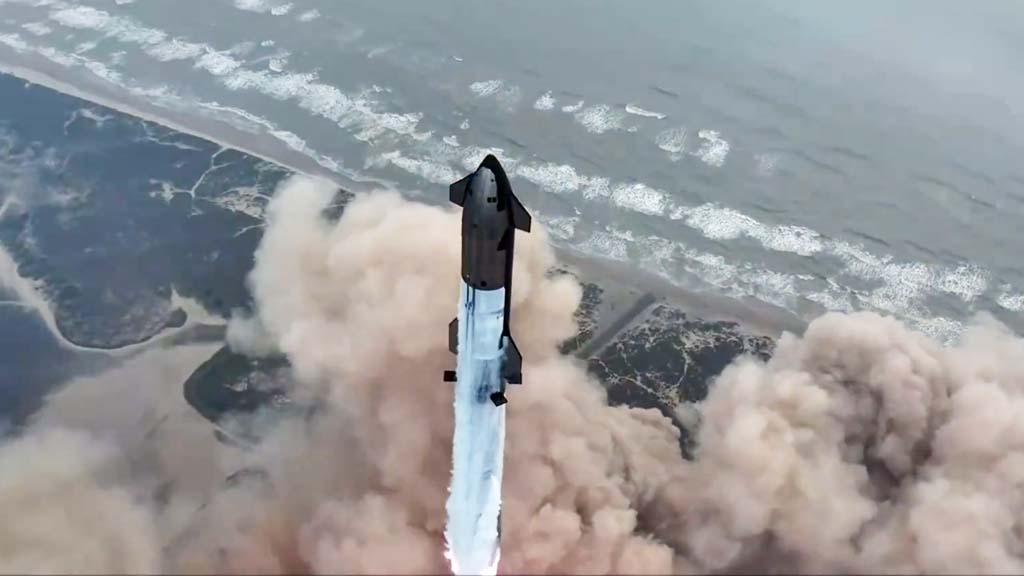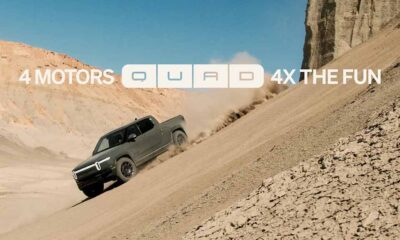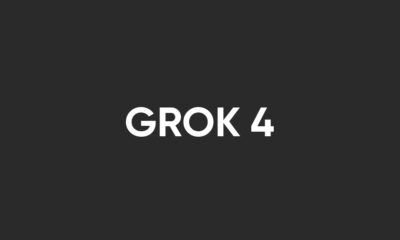SpaceX
SpaceX Starship Flight 4 completes all test milestones including reentry and landing

SpaceX launched Starship Flight 4 and achieved new milestones in this test. This is the first time SpaceX completed all primary objectives including max heat reentry and splashdown of both stages. It’s also the first time SpaceX concluded the entire test mission of the Starship program.
Liftoff
The integrated vehicle lifted off with its 33 Raptor engines burning full power to uplift the launch vehicle from Boca Chica Starbase in Texas.
Liftoff of Starship! pic.twitter.com/2Z1PdNPYPG
— SpaceX (@SpaceX) June 6, 2024
Stage Separation
First-stage Super Heavy booster rocket and second-stage Starship spacecraft performed hot-staging and called for separation. This milestone marked the ignition of Starship’s 6 Raptor engines, which led the second stage to orbit.
Starship’s Raptor engines have ignited during hot-staging separation. Super Heavy is executing the flip maneuver and boostback burn pic.twitter.com/TsdIKpqLJH
— SpaceX (@SpaceX) June 6, 2024
Jettison
The first stage maneuvered back to earth and performed a hot stage jettison to reduce the weight of the Booster before preparing for a boost backburn.
Hot stage jettison pic.twitter.com/J48QtQD1Ae
— SpaceX (@SpaceX) June 6, 2024
First Stage Landing
Super Heavy directed its way back to earth with those grid fins and landed in the Gulf of Mexico with a splashdown. The rocket performed a landing burn before splashing into the sea and it was successful.
Super Heavy has splashed down in the Gulf of Mexico pic.twitter.com/hIY3Gkq57k
— SpaceX (@SpaceX) June 6, 2024
Coasting in Space
Starship on the other hand coasted in the orbit for more than 30 minutes before a reentry into Earth’s atmosphere.
Starship coasting in space pic.twitter.com/kphbuXuEMr
— SpaceX (@SpaceX) June 6, 2024
Reentry and Splashdown
Compared to the third flight, Starship maintained its trajectory and remained stable during reentry phase. Throughout this time, the plasma heat shield performed well and endured the heat for the spacecraft and deflected over.
Peaking heating. Starship on a good entry trajectory pic.twitter.com/H0Gv6hyvt2
— SpaceX (@SpaceX) June 6, 2024
SpaceX’s Starlink terminal provided a live view of the entire reentry phase. However, one of the flaps picked up fire and started burning due to the reentry heat at about 50 kilometers above the splashdown zone.
Still, the vehicle managed its trajectory and measured remained distance. It was followed by a flip maneuver and a landing burn which became successful as shown by the on-screen telematics. There are no views available of this phase due to the fire disturbing the camera onboard.
Splashdown confirmed! Congratulations to the entire SpaceX team on an exciting fourth flight test of Starship!
— SpaceX (@SpaceX) June 6, 2024
The flight data gathered in this test will help SpaceX to improve the next launch vehicle.












